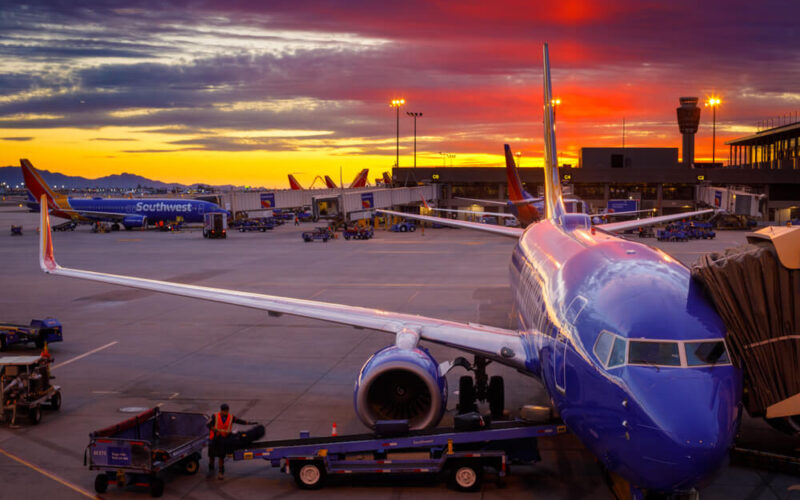Southwest Airlines (LUV) has temporarily grounded over half of its fleet, 130 Boeing 737-800 aircraft, due to detected discrepancies in aircraft weight data. For various safety issues, such as the faulty weights, the airline has been under scrutiny by the Federal Aviation Administration since 2018.
On September 16, 2020, Southwest Airlines (LUV) announced it has temporarily grounded 130 out of 207 Boeing 737-800 aircraft in its fleet, after noticing a discrepancy of the aircraft weight data in 75 lbs. The low-cost carrier alerted that the temporary grounding of the jets could lead to flight delays and cancellations.
Previously, Southwest Airlines (LUV) has already had serious issues with alleged weight infractions. According to the United States Federal Aviation Administration (FAA), the airline had ostensibly operated 21,505 flights with incorrect operational empty weights and center of gravity data between May 1, 2018 and August 9, 2018.
For these non-compliances, the FAA was seeking to impose a $3.92 million fine on Southwest. However, no fine was imposed after the carrier filed a complaint to the Transportation Department’s Office of Inspector General (OIG). The auditors found that the FAA had accepted the carrier’s arguments that the aircraft weight discrepancy issues posed low safety risks.
The airline’s alleged safety issues brought the FAA’s attention in early 2018. Then, in April 2018, Southwest Airlines (LUV) flight (numbered as 1380) suffered an engine failure, killing one passenger on board.
The airline was accused of various violations of the FAA regulations, like giving its pilots incorrect aircraft weight and balance data or operating aircraft in an unknown airworthiness state, including more than 150,000 flights that did not meet the state aviation standards.
Currently, Southwest Airlines (LUV) expects to return the aircraft to operations immediately after entering the correct weights of the aircraft in question into the system and resetting the program.

